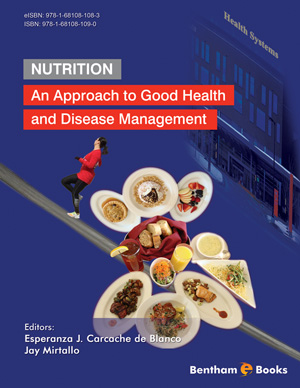Abstract
Dietary diversification and modification include changes in habitual diet
with micronutrient-dense foods and choosing proper food preparation methods for
increasing micronutrient bioavailability. Natural plant foods provide us with nutrients
as well as non-nutrients such as phytochemicals, which together contribute to multiple
health benefits. This chapter illustrates different methods to develop nutritious food
products at household or community levels, specific for various age groups like infants,
toddlers, adolescents, and adults. To devise micronutrient-rich food products, raw
foods with high nutrient contents from different food groups are listed in the tables for
ready reference. Practical tips for combining various foods to enhance micronutrient
quality of the food product are provided. Furthermore, proper methods of preparation
of recipes to minimise nutrient loss are recommended. Good practices in pre-cooking
and cooking methods that can retain nutritional quality and digestibility of foods are
explained. Many authentic recipes are presented with scientific information about their
laboratory-estimated nutrient contents. The extent of difference in micronutrient
contents of healthy recipes vs commonly consumed snacks is highlighted. This chapter
also provides useful tips to enable the development of recipes of one’s choice, that will
contain the essential nutrients. Lastly, dietary guidelines are described explaining the
desired quantity of foods from different food groups in daily diet so as to have
complete nourishment that may not be met from fortified foods.
Keywords: β-carotene-rich recipes, Calcium-rich recipes, Cooking effects, Healthy snacks, Increasing bioavailability, Iron-rich recipes, Nutrient contents, Micronutrient-dense foods, Toddler foods, Top-ranking foods, Vitamin C-rich recipes, Weaning foods, Zinc-rich recipes.
















